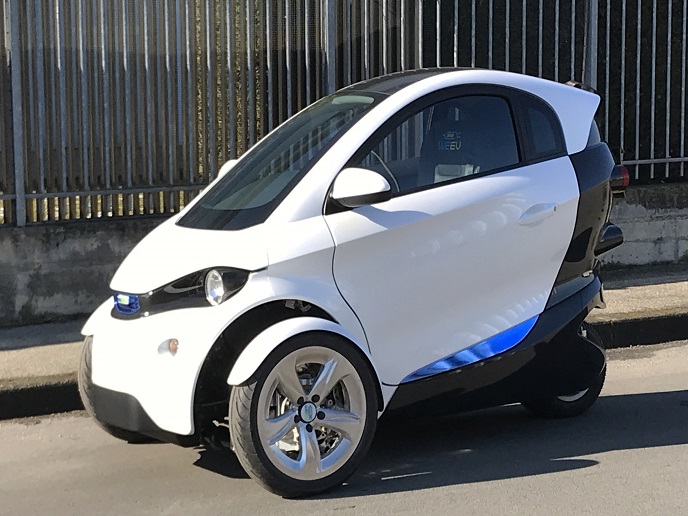New cyclist head protection could persuade diehard helmet haters to travel more safely
For short distances in urban areas, cycling is increasingly an alternative to driving, providing multiple social, health, economic and environmental benefits. Which is why actions and policies are being promoted at the national level to boost urban cycling as a primary means of transportation. There have been advances in cycling infrastructure (such as dedicated bike paths), marketing programs, and financial incentives. “These measures have been quite successful,” says Mr Heino Wendelrup, CTO of Hövding(opens in new window), the company behind the Invisible Helmet project, supported by the EU. “They have led to an increase of cycling rates in more cities in Europe. As a consequence, around 40 million Europeans use bicycles as their primary means of commuting.” He adds that this trend is set to increase even more in coming years, brought by the uptake of electrical bikes (e-bikes) which are expected to reach an additional 30 million users in 2020. While those charged with helping people switch from cars to bikes have reason to be happy with this trend, other statistics aren’t so positive. As Wendelrup explains, “Unfortunately, urban cyclists are vulnerable road users and figure significantly in road fatalities. Every year, 4.2 million road injuries have to be treated in EU hospitals and 40 % of them involve pedal cyclists.” This results in 2 280 cyclists killed and more than a million and a half injured each year. Wendelrup adds that an overview of the situation shows, on the one hand, a growing number of cyclist commuters promoted at institutional level, by means of specific actions and policies. And on the other, “We have kids, adults and even elderly people riding between cars, buses and motorbikes wearing basic helmets or no protection at all,” he says. He feels it is obvious that this combination will lead to serious problems if no action is taken soon. “Safety measures have improved for drivers and motorcyclists, but currently the most effective way to overcome injuries, should a cyclist have an accident, is through the use of light and non-integral helmets. Although they reduce risk of head injury, it’s proven that these helmets leave the users highly unprotected in case of serious accidents such as crashes at high speed or against other vehicles, Wendelrup adds.” To make matters worse, many urban cyclists refuse to wear them, with laws passed to make wearing helmets mandatory having the effect of putting people off cycling completely. In response, Wendelrup and his team have developed a cycle helmet that operates in a similar manner to a car’s airbag. Hövding’s design is in the form of an airbag which, when deflated, hangs around the cyclist’s neck. But when needed, inflates to provide a protective cushion covering the user’s head and back of the neck. The outer shell uses nanotechnology textiles to be strong and lightweight, along with having good water and stain repellent properties. “The design, which originated with Ms Anna Haupt and Ms Terese Alstin, is very complex and every parameter in the airbag depends on each other. The product transforms from an item around the neck into a helmet within 0.1 of a second, with full protective capability.” The design of the inflator, the electronics, the algorithms and the airbag are all inter-linked within a complex system. The cycling public seem to love the idea. Over 100 000 of the invisible helmets are now on the road, an increase of 17 000 in the last three months alone (at the time of publication). More than 2 600 accidents are registered in which Hövding’s helmets have protected cyclists. “We have shown that the ‘airbag for cyclists’ concept works, is needed and is in demand. We are continuously approached for collaboration in new possible uses of our unique and patented technology,” says Wendelrup. Hövding is now preparing to launch its third-generation device, using the experience it has gained over the project. Called the Vega, the launch of this latest model, says Wendelrup, will be significantly larger and more international than previous launches. Launch is planned for third quarter 2019, and the project is running according to plan. The first 100 prototypes have been built on site and industrialisation continues this autumn.







